Apple iPhone XR first impressions: A week with the cheaper 2018 iPhone
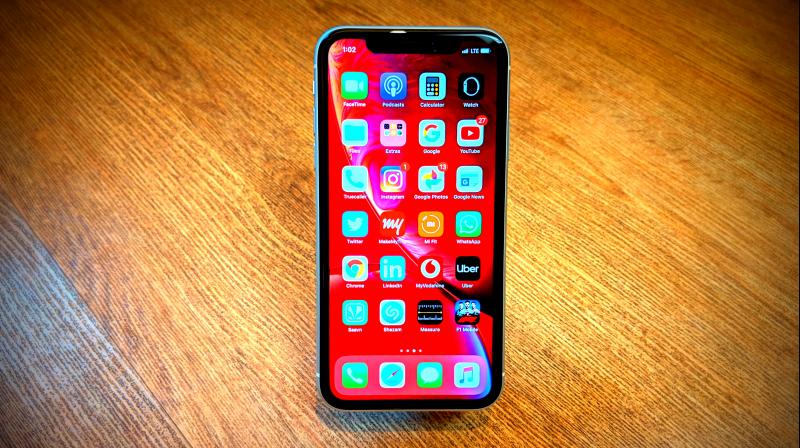
With Apple all set to start shipping the iPhone XR on Friday, October 26, we had the pleasure of spending a couple of days with our review unit of the most anticipated (cheaper) iPhone of 2018. When Apple announced the next generation iPhones at the September 2018 Keynote, the Cupertino brand did what we consider ‘a marketing genius’ by delaying the launch of the iPhone XR. Apple not only managed to keep the handset mysterious but was also able to create enough of buzz — so much that it could potentially overshadow the new iPhone XS and XS Max handsets.
While toying around with the Apple iPhone XR, we were able to pinpoint its strengths, weaknesses and everything in-between, in order to give you the desired insight you need if you are contemplating on picking one up on launch day.
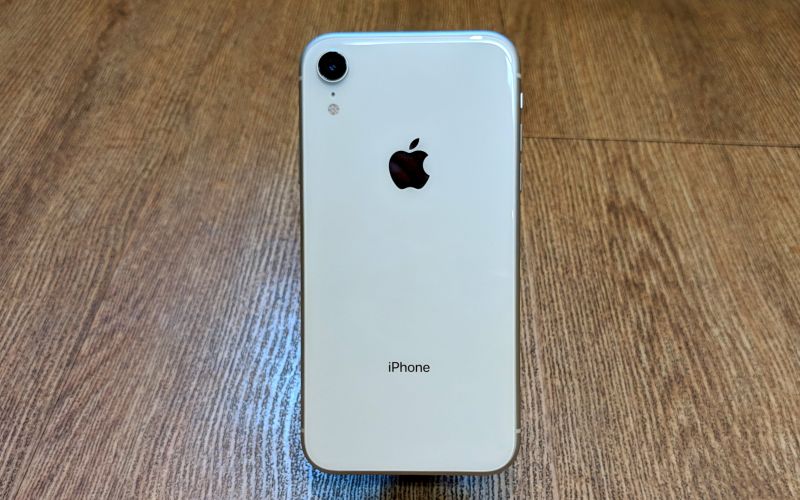
The iPhone XR we received for scrutiny was the white 256GB variant and while it may initially look and feel normal or boring, we cannot stress enough how undeniably beautiful it actually looks. The white variant may not see top sales that the (Product) Red, Blue, Coral or Yellow models would receive; however, coming encased in a glass body with a silver aluminium frame, the handset oozes sophistication and elegance, which only probably Apple can pull off.
You may find the aluminium frame to give out a cheaper feel if you have handled or owned an iPhone X before — as the latter comes in an elegant, polished stainless steel frame. However, in typical Apple style, though the brand has used what some may argue as a cheaper metal, it also has its advantages as it won’t not as scratch easily, and in no way feels cheap. After all, the iPhone XR too is a premium device and it’s the same metal that Apple has been using in the past flagships. In short, to make this iPhone (XR) cheaper and (marginally) affordable, Apple has cut corners in cost — the LCD display in lieu of OLED, aluminium frame in lieu of steel, a single camera in lieu of dual, and a few things here and there.
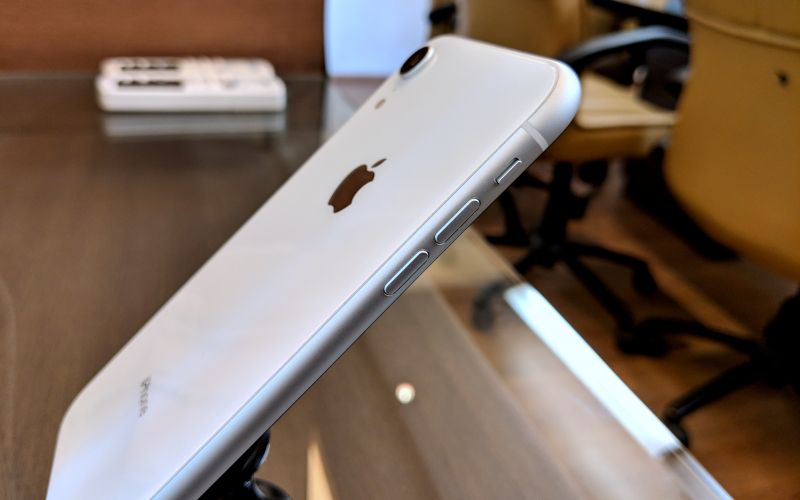
When it comes to the size of the iPhone XR, Apple has introduced an all-new size which is entirely different from any iPhone that has ever existed till date. The XR has a larger display (6.1 inches) than the iPhone XS and marginally smaller than the most expensive iPhone to exist— the iPhone XS Max. However, it has to be noted that those upgrading from an iPhone 6S/7/8 or X, the transition will feel absolutely smooth and it can be said that it’s the perfect size (in width) for those who want the best of both worlds between the X/XS and XS Max.
With the iPhone X, Apple introduced the edge-to-edge display that features a notch for the TrueDepth camera that houses the Face ID and other important sensors and eliminated the Home button. The iPhone XR employs the identical design scheme too — meaning there’s a significantly larger screen-to-body ratio as compared to the iPhone 8/ 8 Plus, yet able to manage an LCD display that looks and feels similar to the bezel-less OLED seen on the X and XS series. However, there are bezels here when compared with the X and XS series; however, as what Apple does, they spun their magic and have done some sorcery to keep the bezels at minimum — the likes of which cannot be found on competing Android devices. If you are moving on from an iPhone X to the XR, you will definitely notice the comparatively larger bezels all around and this will take a bit of getting used to. However, if you happen to be jumping from an older iPhone series, you will certainly welcome the minimalist bezels found on the iPhone XR.
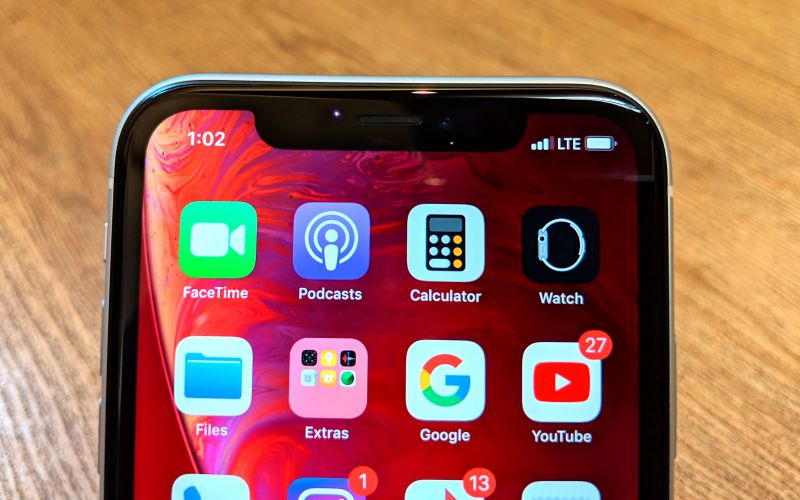
While the face of the iPhone XR looks almost the same as the XS, Apple has used a Liquid Retina LCD display here instead of an OLED display. While looking at the handset as a standalone unit, you’re definitely going to be impressed with the display. But if you compare it with an iPhone XS, then there you will find some glaring differences, mostly in the form of resolution, where the XR features a much lower 1792 x 828 resolution, contrast and misses out on deep black levels. However, you will only notice this if you are very conscious and apt on display technology and have the eye to spot the differences. What we would like to add here is that the LCD display on the iPhone XR is a lot better than those found on older LCD iPhones — content appears crisper and sharper.
A feature that you would truly miss on the iPhone XR is 3D Touch. Apple has forfeited this feature to accommodate the edge-to-edge display and in the process replaced it with Haptic Touch. If, in the past, you haven’t used 3D Touch that often, then you definitely won’t miss it. However, in our case, it took a while to get used to the lacking feature as we come from the iPhone X zone. If you are in the dark as to what Haptic Touch is, it’s basically a haptic feedback or vibration that is felt while long pressing on options like the flashlight or camera. In what may come as a bright spot, Apple plans to introduce Haptic Touch with more features in the coming months — so good news will come soon.
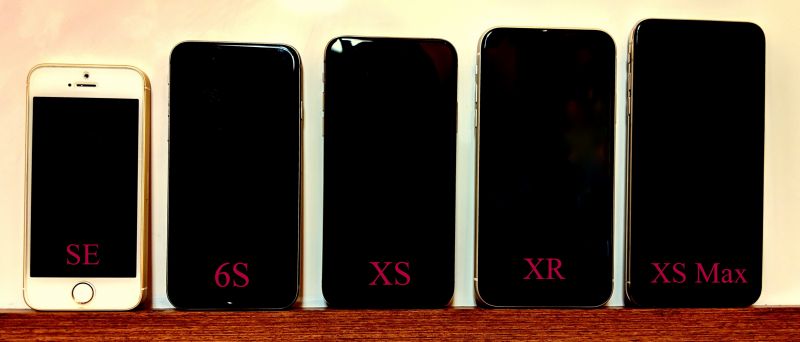
With the iPhone XR, you won’t miss out on any performance — it is similar to the XS series. Under the hood, the iPhone XR uses the same A12 Bionic processor found on the XS and XS Max. Though not explicitly stated by Apple, the iPhone XR comes with 3GB of RAM as compared to the iPhone XS’ 4GB RAM. However, we doubt you will find any differences in day-to-day use as the iPhone XR performs as smoothly as the XS models — we do have all three flagships under our roof.
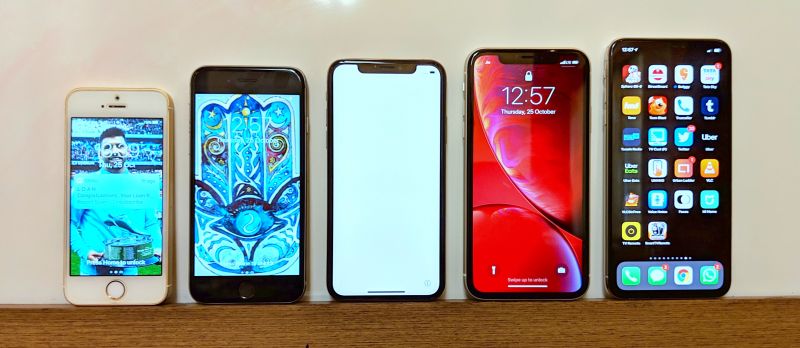
The only other major difference with the iPhone XS and the XR is the lack of a dual-camera setup on the rear. The iPhone XR has a single rear camera which Apple says is the best one on an iPhone yet and can do an identical job as the dual-lens setup from the X and XS series. However, this is made possible using a single wide-angle lens system and Apple’s camera software trickery. The computational performance from the Bionic chip makes up for the secondary camera and works wonders — similar to what the Google Pixel does.
The iPhone XR’s 12MP camera is an absolute pleasure to use. What we found surprising was that the XR is really capable of capturing better portrait shots in low light as compared to the XS series. This is due to the larger f/1.8 aperture on its wide-angle lens that helps in capturing a lot more light in than the f/2.4 telephoto lens seen on the XS series. The XR’s camera also comes baked with Smart HDR, Depth Control and Portrait mode; the same features found on its pricey counterparts.
Portrait shots too were found to be better on the XR better, but we did find a major drawback — thanks to the single lens and the AI that is trained for human faces. The iPhone XR Portrait Mode works only on people. Since the AI is trained for humans, objects cannot be portrait shot. Probably Apple assumes that portraits are usually shot with human subjects, and not on objects or animals. Additionally, this is also thanks to the missing secondary camera that actually does the job of depth sensing.




The XR’s 7MP front-facing camera is top notch as well, and it is the same one used with the XS and XS Max. And, though this is an LCD variant, it is the first of its kind to have access to the whole suite of Animoji and Memoji facial recognition tools that turn your expressions into animated emojis — and all thanks to the TrueDepth camera adopted from the X and XS series.
Apple’s use of the LCD display has also affected the battery life on the XR for the better. Powering an OLED display puts more stress on the battery as compared to LCD displays. So, with the compromise in display hardware, the trade-off is longer battery life — which Apple refers to as all-day battery and claims almost 1.5 hours more than what the iPhone 8 Plus with the larger battery offers. We did manage to squeeze out an entire day on our XR unit without having to look for that lightning cable.
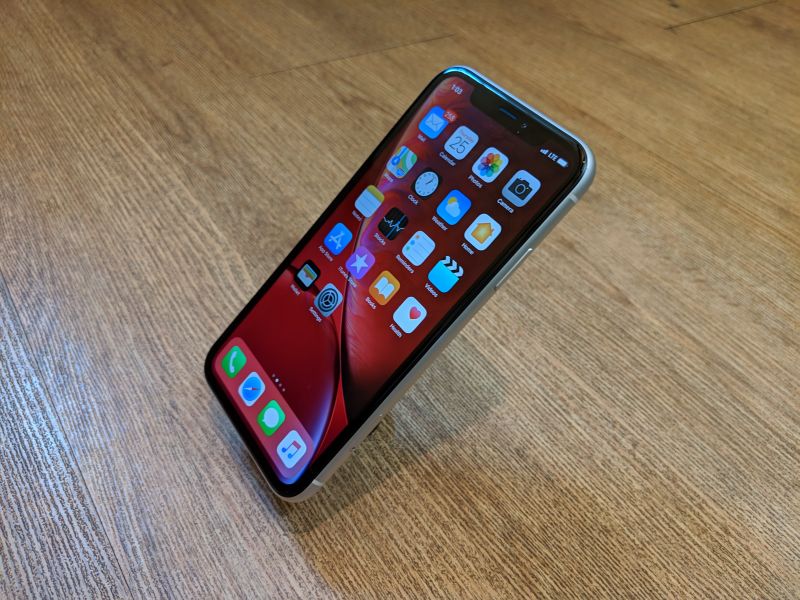
Other areas where Apple has cut corners is by limiting the maximum storage to 256GB and not 512GB as found on the XS series. Additionally, the XR is IP67 certified and not IP68, which makes this variant prone to water dips, but can survive splashes and alike. Lastly, the slower LTE connection in comparison to Gigabit LTE is also what you may have to make do with. However, these should be least of your concerns as many would probably never fill up the storage, they would definitely take immense care of their expensive iPhone and would never probably even get to experience the Gigabit LTE in India.
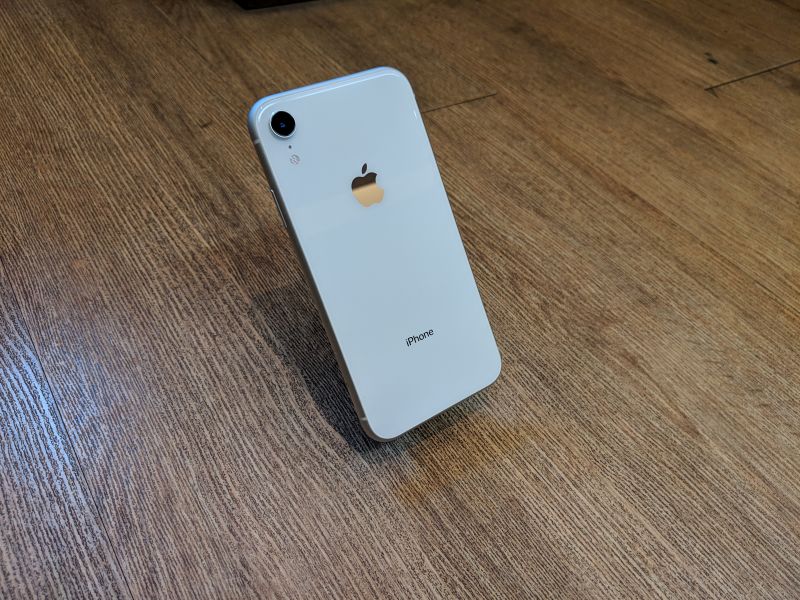
And finally heading down to the price, starting at Rs 76,900 in India, and available in six colours — White, Black, (Product) Red, Coral, Blue and Yellow — this handset is absolutely worth your every penny. If you are tired of an Android and want to jump the fence, the iPhone XR is a great and cheaper start into the iOS arena. The XR is also a good option to those who are looking to upgrade from the older iPhone 7 and below for want of more power.
To sum up the whole initial experience, we must say that the XR did manage to impress us initially. However, we will be diving deeper ahead to know the advantages and drawbacks of the iPhone XR in an in-depth review ahead. We will also be giving you a better picture against the iPhone XS series as we hold all units for a thorough scrutiny.
Stay tuned...
Click on Deccan Chronicle Technology and Science for the latest news and reviews. Follow us on Facebook, Twitter.

